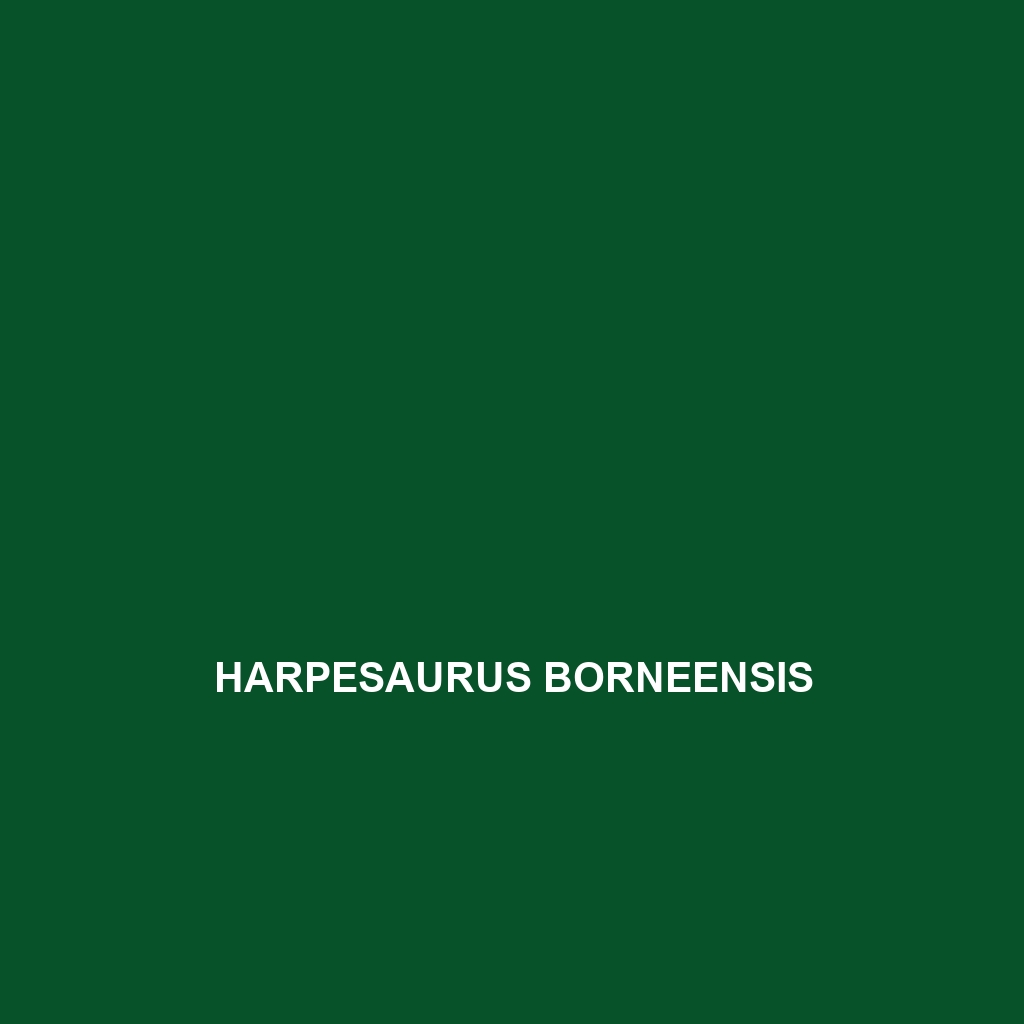Discover the captivating Leiolepis triploida, also known as the three-striped lizard, a slender, vibrant reptile native to Southeast Asia's rainforests, recognized for its stunning coloration and agile behavior. This diurnal omnivore plays a vital role in its ecosystem by controlling insect populations and aiding in plant propagation.
Tag: lizard territorial behavior
Leiolepis boehmei
Discover the vibrant and agile <b>Leiolepis boehmei</b>, a fascinating lizard native to the tropical rainforests of Southeast Asia. Known for its striking colors and iridescent scales, this omnivorous species plays a crucial role in maintaining ecological balance while thriving in diverse habitats.
Leiocephalus cubensis
<p><b>Leiocephalus cubensis</b>, also known as the Cuban curly-tailed lizard, is a robust, diurnal omnivore reaching up to 12 inches in length, thriving in tropical rainforests, sandy beaches, and urban environments. With a unique crest, excellent camouflage, and territorial behavior, this adaptable lizard plays a vital role in its ecosystem by regulating insect populations and serving as prey for larger predators.</p>
Harpesaurus borneensis
<b>Harpesaurus borneensis</b>, known as the Bornean horned lizard, is a vibrant, insectivorous species native to the rainforests of Borneo, characterized by its robust body, horn-like projections, and remarkable camouflage abilities. Currently classified as 'Vulnerable', it plays a crucial role in its ecosystem by controlling insect populations and contributing to plant diversity through seed dispersal.
Gallotia stehlini
<b>Gallotia stehlini</b>, also known as the La Gomera lizard, is an endangered species native to the rocky habitats of the Canary Islands, measuring 25 to 35 cm in length with vibrant coloration and a diverse herbivorous diet. This diurnal lizard plays a crucial role in its ecosystem, aiding in seed dispersal and serving as prey for local predators.
Eremias nigrocellata
Discover the Eremias nigrocellata, or black-spotted sand lizard, a medium-sized lizard inhabiting the semi-arid regions of Central Asia, recognized for its distinctive sandy brown coloration with dark spots, remarkable burrowing abilities, and insectivorous diet. This resilient species plays a vital role in its ecosystem by controlling insect populations and serving as prey for various predators.
Enyalius bilineatus
Explore the captivating Enyalius bilineatus, or lineated anole, known for its striking coloration, unique two-line pattern, and remarkable climbing abilities. This diurnal insectivore thrives in the humid tropical forests of Central America, playing a crucial role in maintaining ecological balance by controlling insect populations.
Diploderma qilin
Introducing the Diploderma qilin, or qilin lizard, a vibrant, medium-sized lizard native to the mountainous forests of Southeast Asia, known for its striking green and brown coloration and exceptional climbing skills. As a vital insectivore, it plays a key role in maintaining ecological balance, while its camouflage keeps it safe from predators.
Darevskia parvula
Darevskia parvula, or small Darevsky lizard, a vulnerable species thriving in the rocky slopes of the Caucasus, showcasing earthy tones and remarkable adaptability while playing a vital role in maintaining ecological balance through its diet of insects. This diurnal, agile lizard features distinctive dark stripes and regenerates its tail, making it an intriguing addition to any terrarium enthusiast's collection.
Cercosaura eigenmanni
Discover the Cercosaura eigenmanni, a slender, agile lizard found in the tropical rainforests of Central America. With a striking color pattern and a diet primarily consisting of small insects, this vulnerable species plays a critical role in maintaining the ecosystem's balance.









